Social Media to you is?
- 27 May - 02 Jun, 2023
Five years into Queen Elizabeth II’s reign, and with the Commonwealth of Nations, still in its infancy, we go behind the scenes at Buckingham Palace with the world’s most influential royal.
Inside the Buckingham Palace, the Queen’s ‘office’ is about 99 per cent living room; it is spacious and handsome, with a subtle colour scheme of green and oyster grey.
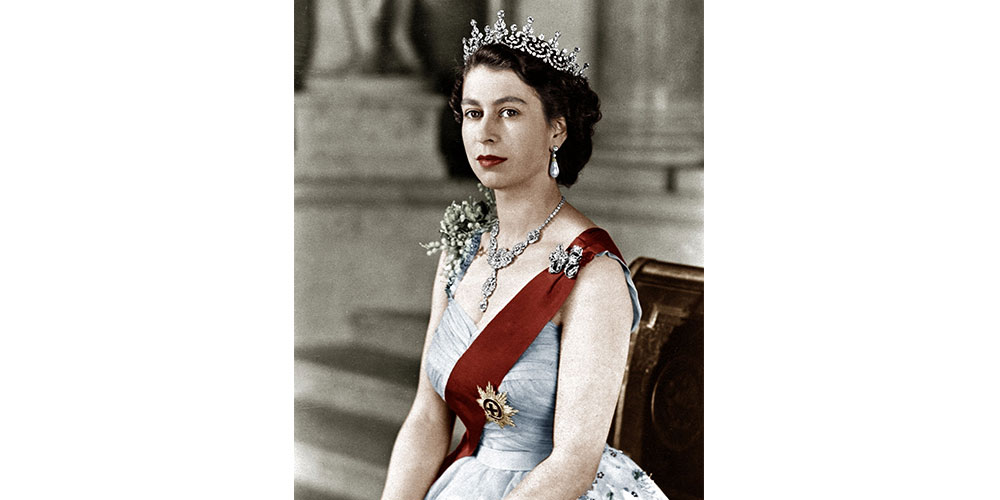
This is a feminine room and all that challenges it is a man size mahogany desk, right angled in a huge bay window overlooking the palace garden. The desk is awash in official looking papers.
Sitting at this desk, pen in hand, brows puckered, is one of the most remarkable young women of our time Elizabeth II, Queen of the United Kingdom, Head of the Commonwealth, Defender of the Faith.
Elizabeth is wearing a cherry red wool dress, pearl necklace and earrings and no shoes. It is one of those rare moments of the day when the royal footwear can be off duty, even if their owner cannot. Not a wisp has escaped the moderately wavy, conventionally coiffed, medium brown hair; the famous Windsor skin is petal fresh, in private, Elizabeth is as regal as in public; no impatient gestures, no elbows on the desk, no slouching.
The Queen opens a White House notepaper, it is signed ‘Dwight D. Eisenhower’ and contains an invitation to visit the United States in October 1957.
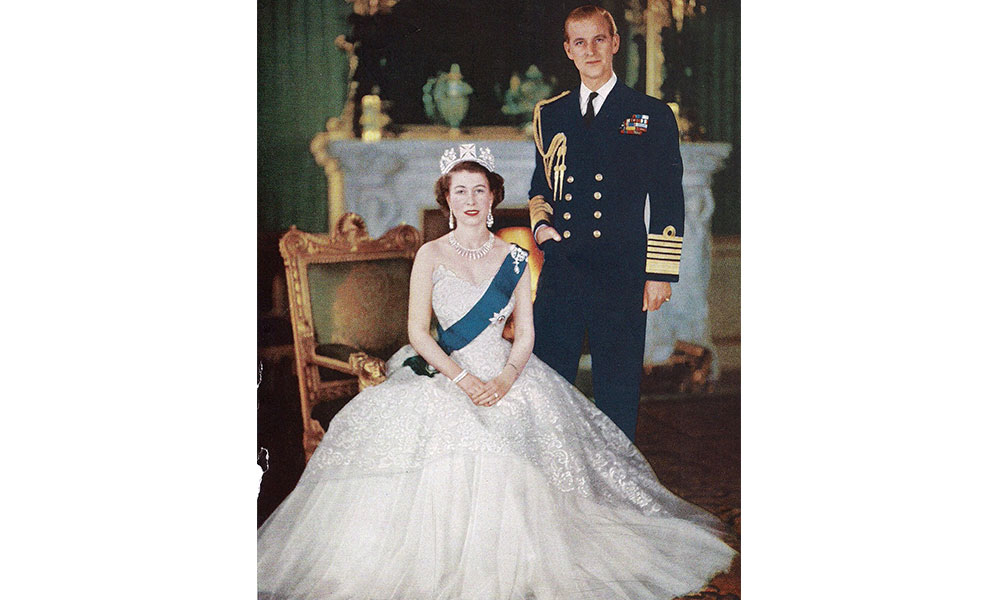
She is delighted, but not exactly bowled over by surprise. The actual appearance of the invitation informs the Queen that (a) it has finally achieved the blessing of the three governments and (b) that her wish has come true to visit the U.S. during the year commemorating the first British settlement at Jamestown. The project is of such importance that the Palace will henceforward refer to it as ‘The Visit’.
With her husband she has tramped the length and breadth of the new nations, making devoted friends. The new nations feel that she is on their side and to an extraordinary extent, she is.
Sitting alone at her desk, intently considering all the implications of the President’s invitation, something is missing from the Queen’s appearance as the world generally sees it. It is the ‘smile’, target of millions of cameras, the catalyst that can bestow on Elizabeth’s fresh good looks a quality of beauty. Without the ‘smile’, the relationship between the girl at the desk and ancestors on the wall is quickly apparent. To the Queen, the most even tempered, least moody member of the royal family, this stern mouthed, Hanoverian heritage has been a trial since childhood.
To overcome it, she is forced to smile unrelentingly every moment she is in public. If she relaxes, reporters may write that ‘the Queen appeared displeased’, which can be disastrous for the organization she is visiting. The strain of smiling for hours on end can be understood only by those who have tried to do it. The muscles of the face tremble with fatigue, the smile becomes a grimace. Elizabeth has mastered the difficulty, just as she has conquered the exhausting job of standing hour after hour in spite of aching muscles.
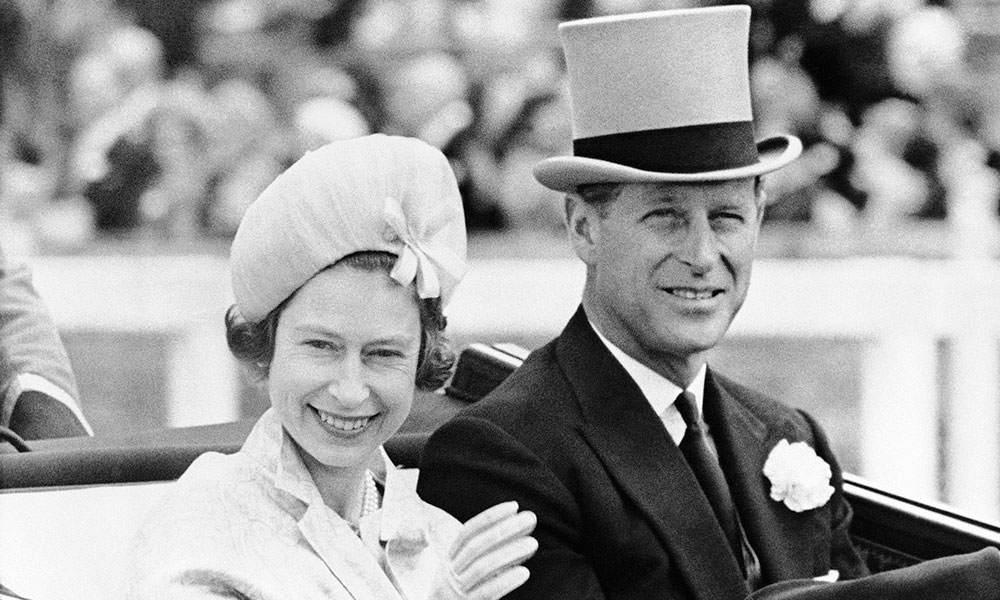
Off duty, her manner is relaxed, friendly, her reactions as natural as those of any girl anywhere. She is gentle with the nervous and the tongue-tied, for she is shy herself. She is mad about her husband and her children, and she fights continuously to keep her family life separated from her official duties. She prefers a small house to a palace, the country to the town, sports clothes to formal dresses. She has a lively sense of humour and when anything appeals to it, her hands go between her knees, back goes her head and she laughs unrestrainedly.
On duty, her blue eyes take on a cool expression in which can be sensed some of the spiritual loneliness imposed by the Crown. The job of being Queen calls for endless devotion to endless duties. If there is conflict between love and duty, pleasure and duty, even exhaustion and duty, there can be only one decision. Normally good-natured, self-disciplined, slow to anger, Elizabeth has a steel core which becomes apparent if anyone, Philip included, tries to tamper with her obligations as she sees them or reflects however slightly upon the dignity of the Crown. The eyes blaze, the mouth sets obstinately, and the offender is tartly brought to heel. It is well that she has this steel for, privy to secrets she may not confide even to her own husband, Elizabeth is saddled with crushing responsibilities, not for a term or two, but until the day she dies.
Following the Queen’s acceptance of the invitation, plans for The Visit slowly take shape. There are hundreds of items; each is approved or amended by the Queen personally, and the final timetable is printed for the guidance of all concerned. For the Atlantic crossing, a standard plane is charted from BOAC, the British state owned airline. A few changes are made to provide a private compartment for the Queen and Prince Philip; the choice of crew is left to the airline.
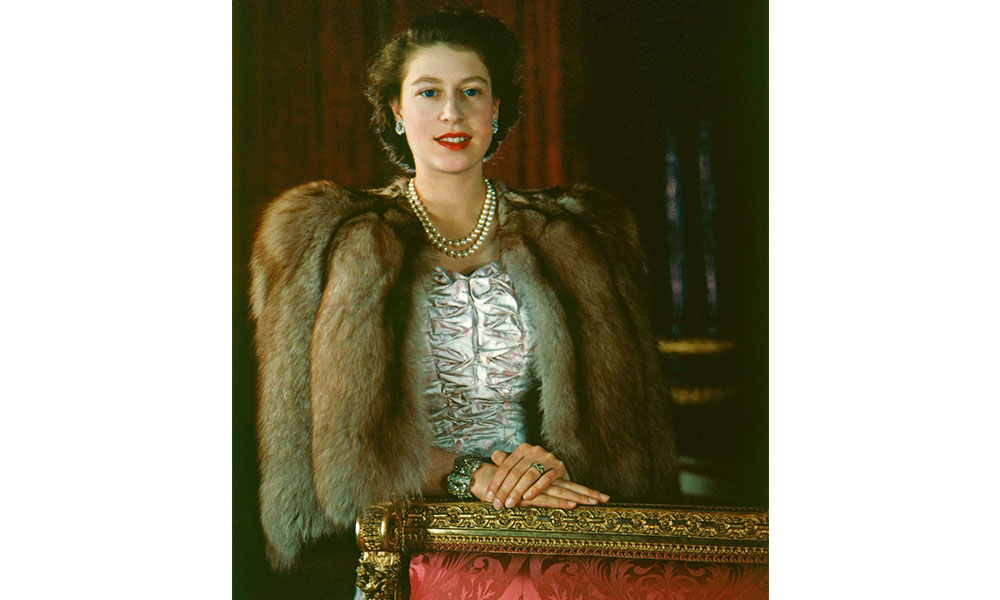
Now, comes the selection of the Queen’s party. The entourage represents the last word in teamwork. Besides being perfectionists at their own jobs, they are specialists in protocol and formal etiquette. Each has an assigned, rehearsed role. At every event there must be two ladies in waiting to aid the Queen. There must be two private secretaries and one equerry (royal horse handler) for the Queen and a secretary for Prince Philip. The press secretary must be on hand at all times.
The most time consuming item is the Queen’s wardrobe. On this trip, as on all others, she will be stared at, filmed and appraised front, back and sides from the instant she shows herself in the morning until the late hour she retires at night. Every minute of every hour she must look her best, for the cameras will catch the slightest slip up. An ordinary girl can freshen up as she goes along; but the Queen of England on duty may never twitch her dress, straighten her stockings, repair her make-up, or keep everyone waiting while she retires to powder her nose.
Protocol demands that every dress be new; it would be considered discourteous to appear in a dress worn in another country or even to appear in one city in a dress worn somewhere else. Each garment must be an original design, for the Queen must never wear a model worn by another woman.
The star numbers are the evening dresses. For these she summons Norman Hartnell, who made her Coronation dress. His job is extraordinarily difficult. he must bring out the distinction in the Queen’s trim, if petite, person, her natural grace and majesty and point out, besides, the romantic appeal that is the complement of crowns. The dresses must photograph well and be light toned to ensure her being visible against the crowds.
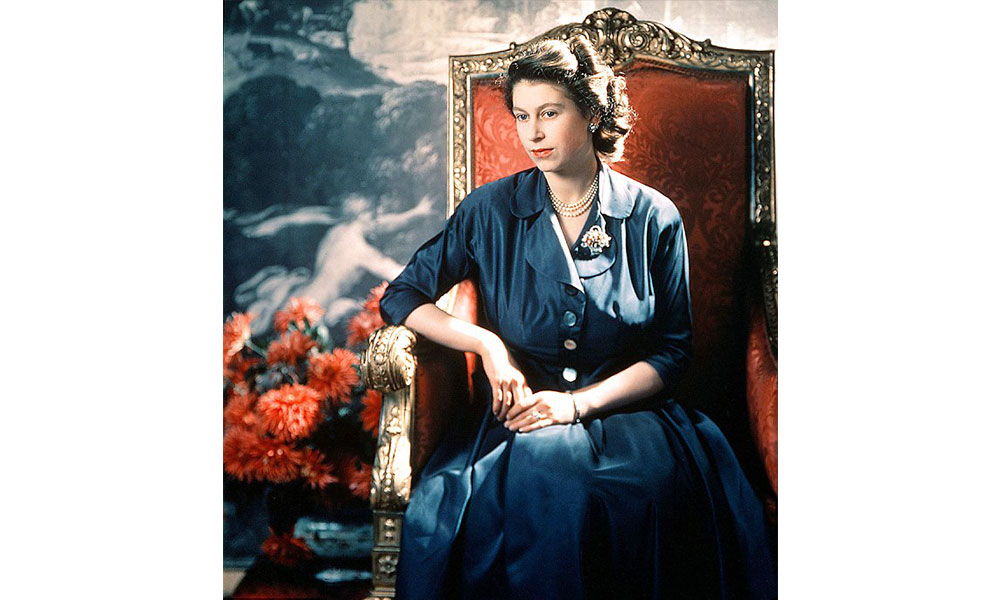
Daytime outfits pose a special problem. For example, the Queen looks well in a fitted dress; but she is continually getting out of cars before a battery of cameras, and it would ride up. A revealing photograph would only provoke an amused smile among Western people, but in the Asian stretches of the Commonwealth the effect would be deadly; the Queen would lose dignity. Since Elizabeth is not supposed to have legs, the hems of her dresses are heavily weighted. Most girls can hold down their skirts in the wind, but not the Queen. She must hold her purse (in her left hand) often, plus a bouquet the flowers are generally damp and frequently drip down the front of her new dress and keep the right hand free for handshaking and waving.
The Queen has four months to get ready for The Visit, and she needs that much time, since all the preparations have to be worked into a schedule already jam packed with dates made long in advance.
Behind the headlines, the pictures, the speeches and fanfare of The Visit will be the untiring work of a young woman who leaves nothing to change, and who has a passionate devotion to duty.
Thanks to her work behind the scenes, everything will seem effortless. Her plane will touch the Washington runway just as the President steps from his car. It will taxi up to him, the door will open, the guns will boom, the band will play, and Elizabeth II, smiling, fresh, assured and in a gust-proof dress will walk down the ramp and shake Mr Eisenhower’s hand on time, to down the minute.
By Francis Drake and Katharine Drake Reader’s Digest
COMMENTS